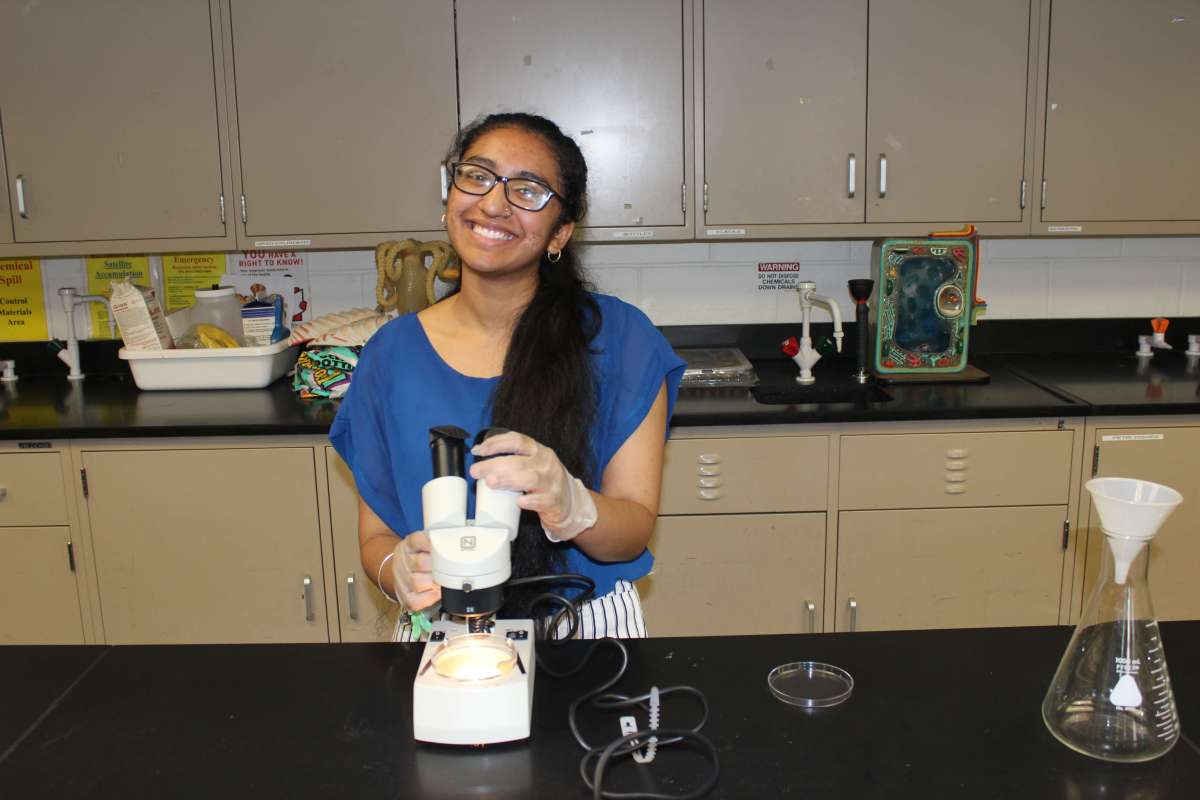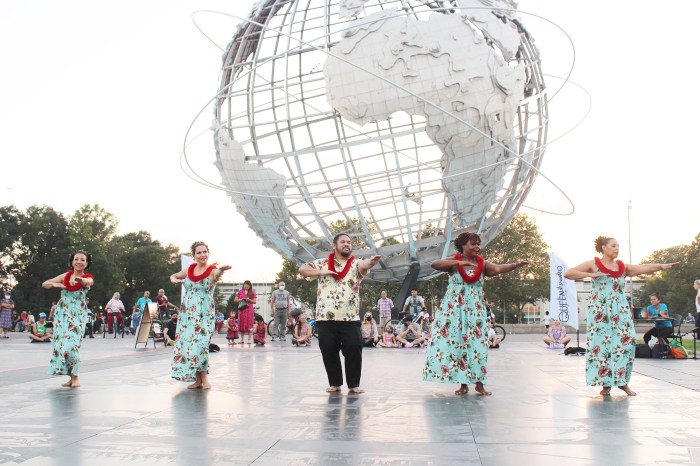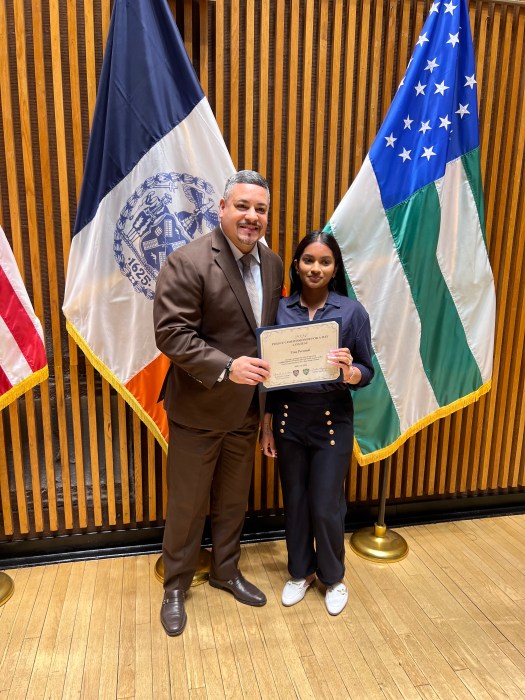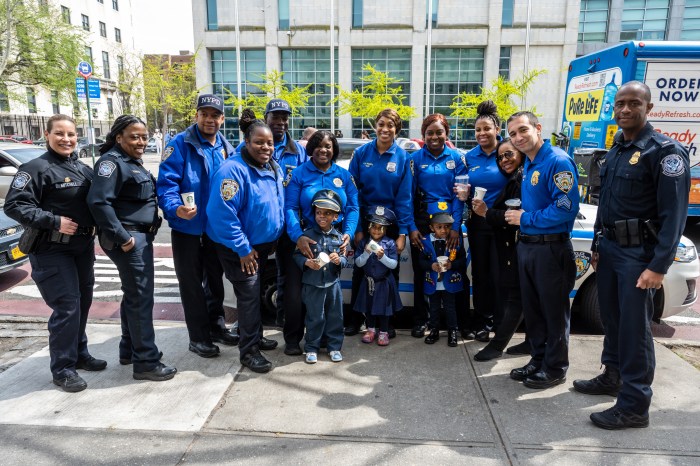Two student finalists from Queens High School for the Sciences at York College in Jamaica are preparing to compete for the first time in the eighth-annual Spellman High Voltage Electronics Clean Tech Competition in July.
New for 2019, the competition has expanded from 10 to 20 finalists with the introduction of two categories: Mitigating the Effects of Climate Change and Resource Preservation. Capitalizing on this year’s competition theme, “Toward a Greener Tomorrow” that focuses on changing the course of the environmental future, Shreya Kaveti and Yashaswi Manneru will present their project to judges offering a solution to a specific issue relating to protecting resources using clean technology.
Kaveti and Manneru — both sophomores at Queens High School for the Sciences at York College, located at 94-50 159th St. — will compete with other student finalists from California, Colorado, Massachusetts, New Jersey, as well as from abroad representing China, Singapore, the Philippines and Zimbabwe.
The students were selected from more than 500 entries among nearly 1,200 registrants from 40 countries. The teams will vie for $60k in monetary prizes at the competition finals, which will take place July 17 at New York City’s Cooper Union, located at 30 Cooper Square.
“It was actually really surprising to find out we got in,” said Kaveti, speaking on behalf of her partner who wasn’t present for the interview. “We are definitely honored to be apart of it and to share our thoughts in showing a way that we can have a solution to the issue was definitely a big accomplishment.”
Kaveti and Manneru’s project focuses on the effect of extracting lignin-like compounds from chlorella green algae and oscillatoria blue-green algae on the production of an eco-friendly paper source.
After researching and reading through journal articles, Kaveti and Manneru became interested in finding an alternative to making paper to stop deforestation and reduce the cutting down of trees.
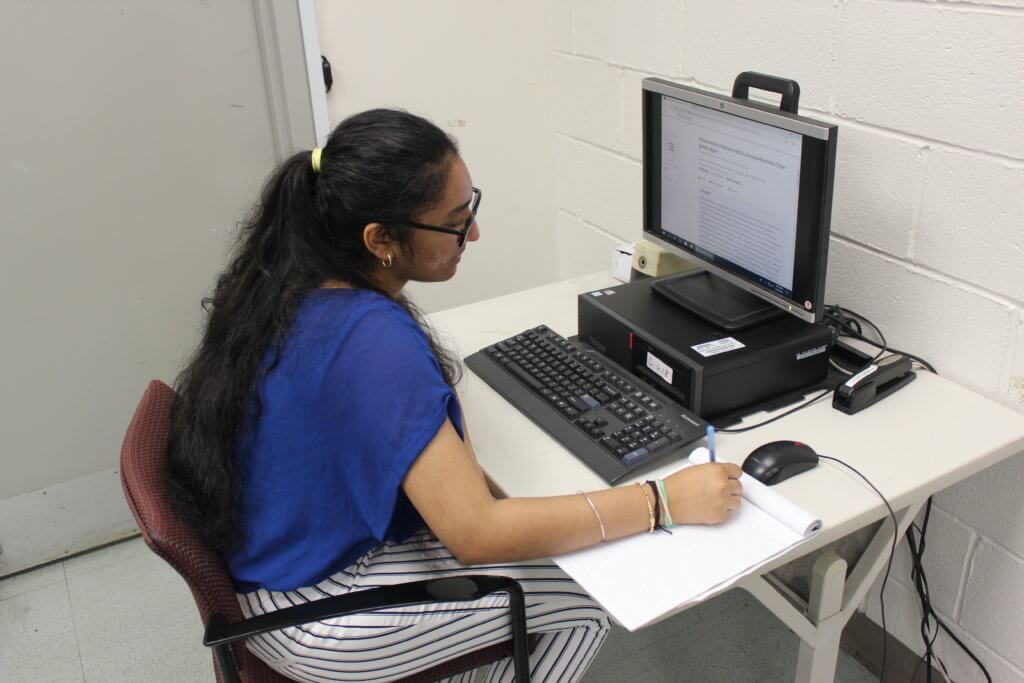
“In our research, we actually found out that recycling paper is not as effective as people may portray it to be, so instead of making recycled paper and getting toxic lignans from that we were thinking about just finding a different way of making paper,” said Kaveti. “With blue-green algae it’s actually very vastly found and can easily be grown, but it can be toxic sometimes because when it’s decaying it releases toxic substances. So we just thought if we can just take something that is actually toxic to our environment and make good use out of it, it can make it sufficient and eco-friendly.”
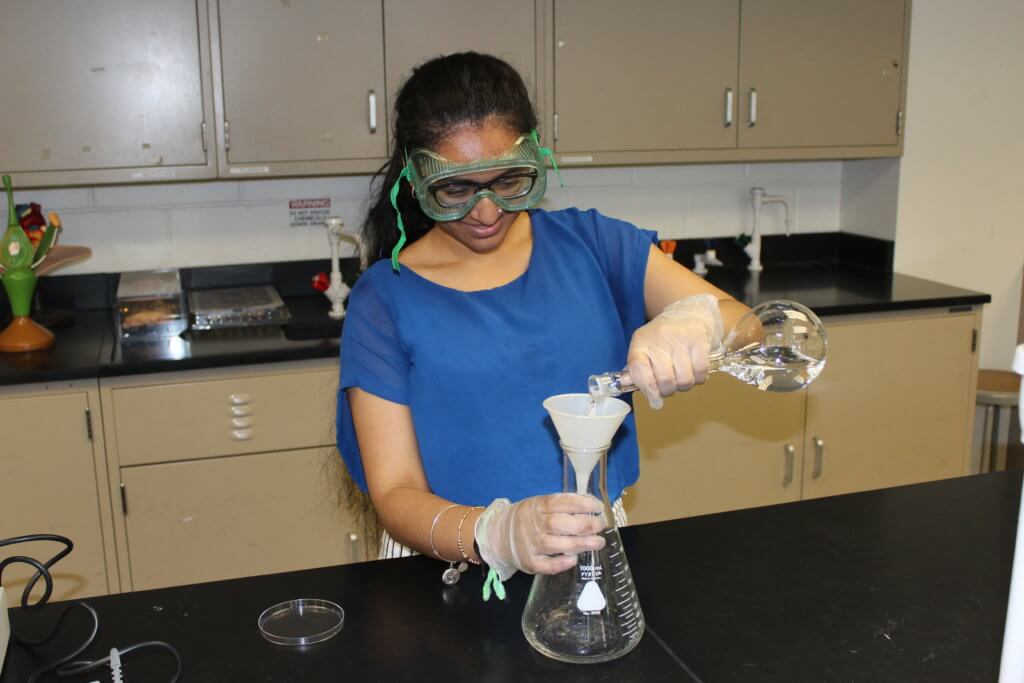
Shanaz Baksh, a science research teacher who has been running the science program at the school for several years, said the students learn the skills of research, how to present, and how to search/read a journal article and write a proposal.
“They learn these skills and develop a project that they’re passionate about,” said Baksh. “When they got in [the competition] I was ecstatic. We’re going to get to meet people from all over the nation which is very nice, and they will get to meet their peers that have also been working on science projects. All around we’re very happy, excited and supportive. We just want the students to enjoy the experience.”
In its eighth year, the international competition is the only outcome-based STEM focused research and design challenge for pre-college youth inspiring them to pursue STEM studies and careers. The program is hosted by New York-based not-for-profit Center for Science, Teaching and Learning, led by STEM crusader and advocate Dr. Ray Ann Havasy, and sponsored by New York-based Spellman HV Electronics, a leader in high voltage technology in the medical, industrial and scientific fields.
The Clean Tech Competition gives students the opportunity to tap into their innovative ideas addressing evironmental concerns and bringing those ideas to life to be applied to solving real problems affecting the environment and climate, said Havasy.
“Each year we see our Clean Tech Competition grow in its demand and participation, which shows us that we are achieving our goal in attracting students’ interest in STEM studies along with generating their awareness and interest in environmental and climate issues,” said Havasy, executive director of CSTL. “Right now with the demand of our society in terms of things like climate change, STEM careers are really critical. Hopefully, as these students meet professionals in the field and get to know what is available in terms of careers, they will decide to stay in some type of STEM field.”
Havasy credited Spellman HV Electronics for connecting and inspiring middle- and high school students who may be interested in a career in the STEM field.
“As main sponsor of CSTL’s Clean Tech Competition, we have had the privilege of seeing the amazing creativity and ingenuity of today’s youth and how their projects can play an instrumental role in addressing global climate change and other environmental challenges,” said Dr. Loren Skeist, president of Spellman HV Electronics. “It is important that we as business leaders continue to support the importance of STEM and inspire the next generation of environment and climate change leaders. We look forward to seeing this year’s competitors from across the United States and from around the globe who we are sure will once again impress us with their projects along with their knowledge, creativity and problem-solving capabilities.”

